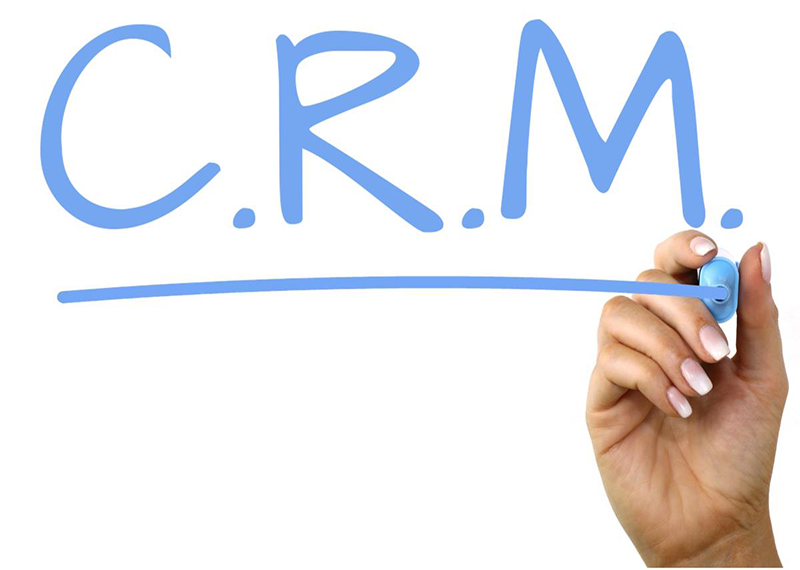A Less-than-Dynamic Guide to What CRM is and Why You Need It
So, the question you may not want to answer – does your business have customers? The answer is obviously “yes” – unless you’re reading this to see how you can come by some; in which case you’re on the wrong page. We take it you’re here to learn how to better connect with your customers, through the use of Customer relationship management (CRM). But, what is CRM? The term refers to a combination of processes, strategy and technology used to moitor, update and report on your customers data and interaction throughout their lifecycyle with your business.
Mostly referred to as Customer Relationship Management (CRM), or in some businesses or ERP systems – Contact Relationship Management. However, for this article, let’s concentrate on the former version and talk ‘customer’. Without customers, we don’t exist, or will soon cease to exist. The need to ensure that your relationship with the customer remains on an even keel is paramount. As a business, your S&M and CS teams should always have their finger on the pulse regarding the current status of all customers, and how they fit into your business – be they a major or minor player. The lack of a CRM system will not give you the customer insight you need to be successful; you need to use your customer data to your advantage.
What will CRM give you?
Firstly, a one-stop-shop to store/review and update all data relevant to a customer. Secondly, ease-of-access to anyone in your business (with the correct permissions) to this real-time data, to view such things as credit history, current spend, outstanding payments, and open orders. Finally, an opportunity to solve specific customer relationship challenges and to invest in real-time information only where it’s needed, along with a sleek order-processing system and the ability to deliver accurate quotes immediately.
An added benefit will be that, due to the streamlining of all things to do with managing customers, your team will have more free time to pursue new business, deal more efficiently with ongoing issues to resolution, and – most importantly – have an overview of all of the above with the ability to seamlessly share this information with the management team. That, right there, is a significant win.
How do the savings manifest themselves?
There’s no shying away from the fact a CRM program involves a range of business and technology issues and significant investment – in both time and money. But, to emphasise its importance, here’s an example:
The scenario – a customer calls with an issue regarding an order. Your team have no CRM, but instead, some files, spreadsheets and manual logs where information gets added. From these, your team needs to apply the details from the call, locate documents and cross-refer with their content. Later they must reply to the query once they have collated the relevant information. With CRM, the information required resides within one record. It is easily accessed and quickly disseminated. The time saved per inquiry could be significant.
Marry with this the ability to respond efficiently, and usually instantly, to shifting customer desires, thereby bolstering revenues and also reducing marketing costs, and you should have already convinced yourself that you need a CRM.
Implementing a CRM
Once confident, a suggestion would be to take a pragmatic, disciplined approach to CRM. Pivot around highly focused projects whilst maintaining a relatively narrow scope and modest goals. Don’t use CRM to transform an entire business. Instead, direct the investment toward solving clearly defined existing or perceived problems within the customer relationship cycle—the series of activities that runs from the initial identifying and targeting of customers, through to the end goal of ensuring they come back for more, repeated business. Isn’t that want everyone business strives to do?
Once these smaller, more-targeted CRM projects are complete, you can use your investment as a catalyst for solving additional, more testing problems within the sales arena.
Any company should ultimately use the CRM and the data it produces to improve the business. Don’t underestimate the benefits of this tool – analysing the data, trends and, sales flows should lead to a brighter future. Ensure your staff are suitably adept in its functionality, use the data it spits out, and analyse it all. Do this instead of relying on the reams of paper, bytes of spreadsheets and human data-stores (people!). People can be here one day, and gone the next, taking all their company knowledge with them.
So, invest for success. It might be the best outlay you ever make!
Contact us about how we can help deliver your vision for the future on +44 (0) 1282 463710.
Still not convinced? How about learning more about Gradient and why you should let us help you by clicking here.

